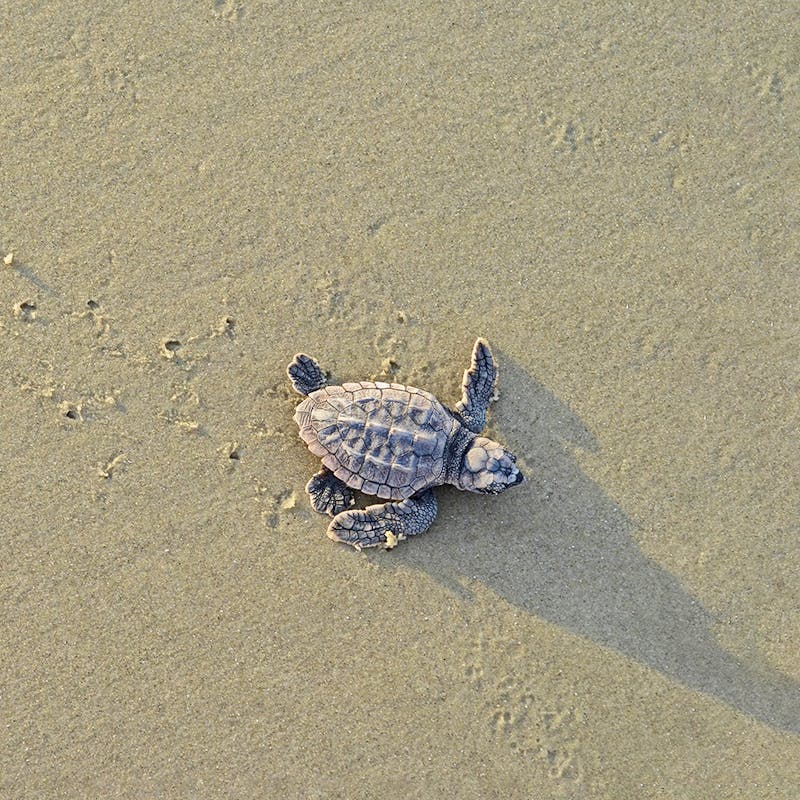
© Doug McLaughlin
The War on Wolves Continues
At press time, the wolf body count continued to rise in the West. Hunters have killed 258 wolves in Idaho, Montana and Wyoming since late August, including eight known to spend time within Yellowstone National Park. Five of them were wearing radio collars. Though no hunting is allowed within the park, wolves often cross the invisible park boundary in search of food or mates. Once out, they are no longer protected. In early December, the alpha female of the Lamar Canyon pack (#832F) was shot 16 miles east of the park. She was a “famous,” visible wolf, currently being filmed by cinematographer Bob Landis, who has produced many films for Nature and National Geographic programs.
The Yellowstone wolves are some of the most intensely studied wild animals on the planet. For years, scientists have monitoRed Wolf activity under conditions where humans were not a threat to wolves’ survival. Now it appears these wolves will face the same risks as wolves elsewhere in the Rockies, potentially jeopardizing research on their natural behavior in the wild.
Defenders filed a lawsuit in November to challenge the premature delisting of wolves in Wyoming, arguing that the Interior Department illegally stripped wolves of Endangered Species Act protections and is allowing the state to treat wolves as unwanted vermin across the majority of the state, including in national forests.
New Rules Rule
It’s a win-win at Cape Hatteras National Seashore in North Carolina, where a new rule in place since February is preventing off-road vehicles from crushing beach-nesting sea turtles and imperiled shorebirds, while not discouraging tourism as some had feared. Turns out that a record-breaking 222 turtles nested as of September and 11 endangered piping plovers survived to fledge. The Outer Banks Visitors Bureau reported that gross occupancy during the bird- and turtle-nesting season was the highest on record, underscoring that wildlife protection doesn’t hurt the economy and that it may even help it.
A Future with Bison
To help Montana landowners live with free-roaming bison outside Yellowstone National Park, Defenders is helping out with reinforced fencing—reimbursing landowners for 50 percent of costs up to $1,000 per landowner—to keep bison out of gardens and landscaped yards. Bison often travel beyond park boundaries in search of food, particularly during harsh winters with deep snow. Until recently, bison were hazed back inside the park, shot on sight or shipped to slaughter houses. But in the last couple of years, Montana Gov. Brian Schweitzer and state and federal agencies have agreed to let bison roam beyond the park boundaries. Additional changes may soon create year-round bison habitat outside the park, but only if landowners agree to share their space. Stronger fencing is one way everyone can coexist.
Only select articles from Defenders are available online. To receive 4 issues annually of the full award-winning magazine, become a member of Defenders of Wildlife!



